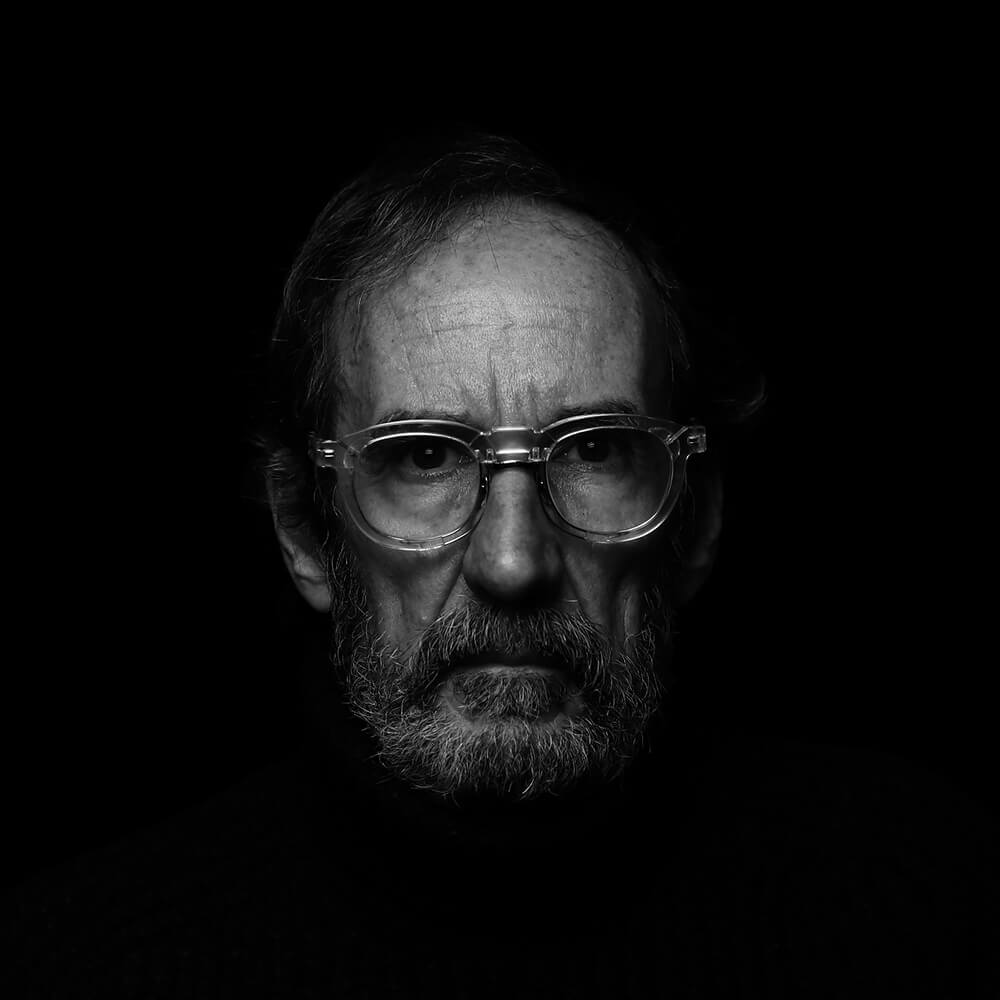Advertising creative director and self-taught photographer.
Inspired by Jem Southam, Jonathan Smith, Mark Rothko, Mies van der Rohe, Mihokajioka, Hiroshi Sugimoto, Annie Leibovitz, Asako Naharashi and new discoveries every day...
Roseport focuses on projects that he fills out thematically over several years.
CLOSER TO THE GODS
Closer To The Gods was created during the Covid era when, like many photographers, he fell back on previously created material; inhospitable plateaus and glaciers of Iceland, the mountain landscapes of the Pyrenees and the high altitude deserts of Ladakh. In Closer To The Gods, these are portrayed hard and directly in powerful, high-contrast black-and-white photography. Nature does not invite here, she imposes. Compelling, ominous, at times almost menacing. It is a nature that impresses and often looks as if it could insidiously swallow and crush us at any moment.
TRANSCENDENTAL TRANQUILITY
In his project Transcendental Tranquility he brings us seascapes, distilled to their essence, authentic without any post-processing. It all has to happen in the camera. If it doesn't happen there, it goes into the trash. Sometimes the oceans are no longer recognizable and they become Rothkosian color impressions, but his goal is not to show an ocean. The point is to create a scene that induces a state of tranquility in which what is perceived as troublesome in the psyche falls away. Nature does not impose itself here, but invites the viewer to drown in it and regain the peace that we so often lack today. Roseport sees the Transcendental Tranquility project as the antithesis of the Closer To
The Gods work.
FADING MEMORIES
Always exploring, Roseport also created the Fading Memories project that invites viewers to create their own stories. Roseport: "As time passes, memories fade. What was once sharp, clear and vivid in our minds becomes blurred. Shapes and colors disappear. Bits and pieces are gone never to return. With Fading Memories, I try to visualize this feeling of losing the details. The images take on a dreamlike surreal atmosphere. And usually we will remember what has been forgotten, more beautifully - if hard or soft - than it actually was. That's what we do. That's how we survive.
In Fading Memories, I know the story behind the image. The place. The time. The people. The viewers don't. There is an analogy here with projective tests like Rorschach, when ambigious stimuli reveal hidden emotions and internal conflicts.
Thanks to what the viewers don't see, the images suggest more open stories than the ones I know. More open stories than they would see if the images were intact. So their minds will create their own story. Immediately. I invite them not to stop it. Have Fading Memories challenge their imagination."
